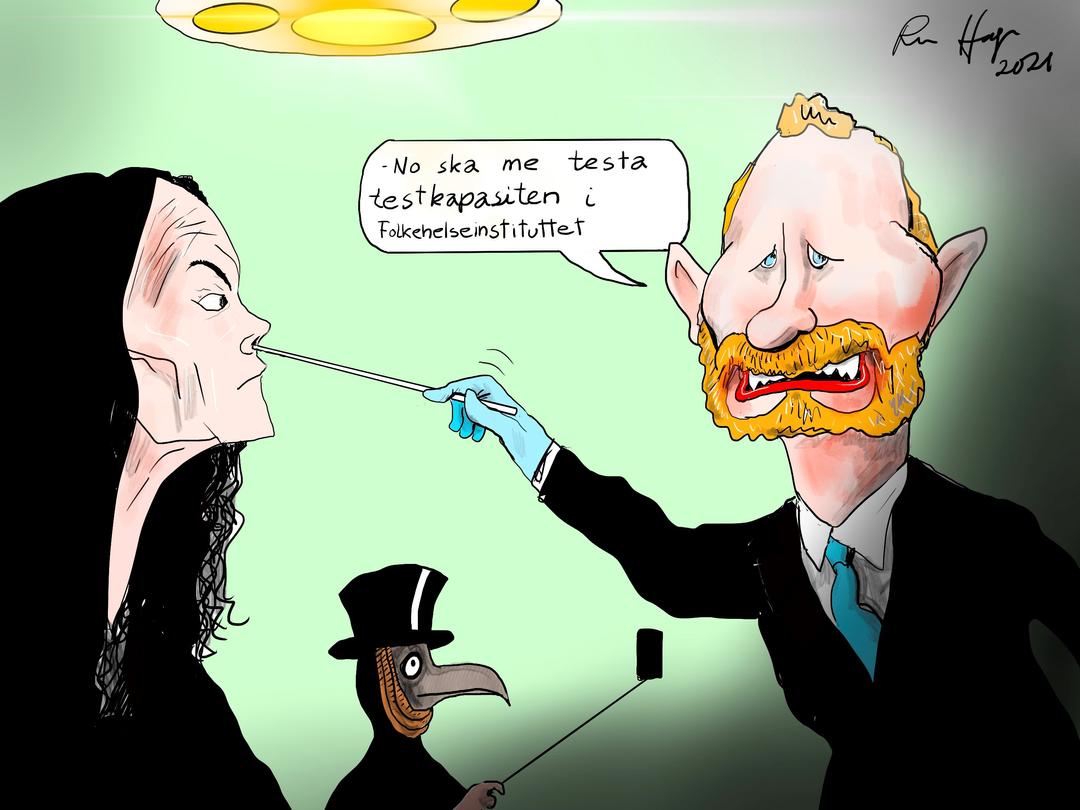Her har vi drømmefremtiden for mange av arkitektene bak lockdown-strategien, jfr Chris Whitty som klargjør grunnen for lockdown neste vinter allerede nå, lockdown forever

The vaccine rollout could be undermined, unless No 10 is clear that it means an easing of restrictions

www.telegraph.co.uk
The schools are going to open after half-term. No, they are going
to open after Easter – maybe. Lockdown restrictions will start to be lifted from mid-February, once the most vulnerable groups have been vaccinated. No, make that April at the earliest, with many restrictions lingering until July, once the over-50s have had their second jab.
It has always been a struggle to keep up with the government on Covid restrictions. One minute the Prime Minister said it would be ‘inhumane’ to stop families meeting up at Christmas; the next minute he did just that. One day, the schools were being forced to reopen their doors; later the same day they were ordered to close indefinitely.
But at the moment it is harder than ever to make sense of the strategy. What the public sees is this: infection numbers coming down, more steeply, even, than after the first peak in the spring – the seven day average is down 22 percent in a week, with hospital admissions (6.3 percent down) beginning to follow suit. The
vaccination programme – to the government’s credit – is running on schedule, with 491,000 first doses delivered in the 24 hours to Sunday. Nearly ten percent of the population has had a first shot. And yet the timetable for lifting lockdown seems to be slipping by the day.
Now, it seems that far from lifting any restrictions in mid-February, that is merely the date when the Government will start looking at coming up with a timetable for relaxing them. That’s quite a difference. It’s like being on train which you thought was supposed to arrive at St Pancras at 11.26, only to be told when you get on board that, no, that is the time when the driver should be able to give you an ETA.
There is something to be said for under-promising and over-delivering, of course. Just look how the stockmarket punishes companies which do the opposite and put out unexpected profit warnings. But when it comes to putting off a return to normal life the Government is going to have to be extremely careful. If people see the timetable slipping ever backwards they are going to start asking themselves: why should we get vaccinated if we are now being told it is not, after all, a route out of lockdown?
Ever since November, when the results of the Pfizer, Moderna and AstraZeneca vaccine
phase 3 trials were first released, Covid policy and public attitudes around it have largely hinged on the assumption that the vaccine would be rolled out reasonably rapidly, followed by the dismantling of the draconian infrastructure which has been used to try to suppress the virus. Public support for the vaccine has steadily grown since last July, when only 53 percent of Britons were saying they would get the vaccine to over 70 percent now.
Most older people, perhaps, can be relied on to turn up for vaccination appointments out of self-preservation. But as for people in their 20s, who know they are unlikely to come to much harm if they catch the virus, it is vital that they can be persuaded vaccination is a route back to normal life, being able to socialise, take holidays and so on. We can’t afford for them to be left feeling they have Hobson’s Choice: refuse vaccination and stay in lockdown; get vaccinated and stay in lockdown.
Chris Whitty has already floated the idea that restrictions will still be required next winter. At present, the timetable to lifting the current lockdown has slipped to July. Any more drift and all we will be able to see is everlasting lockdown.

www.adressa.no










